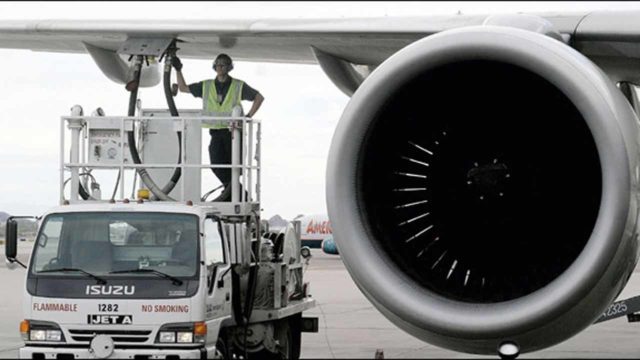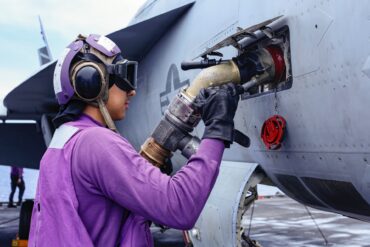TODAY IN AVIATION HISTORY: FIRST FLIGHT OF THE SUPER MARINE ATTACKER F.1
- 05 May 2025
- Blessing O
- Travel
- Comments Off on TODAY IN AVIATION HISTORY: FIRST FLIGHT OF THE SUPER MARINE ATTACKER F.1
Related Posts
Trump claims a ‘forever’ peace in the land of forever wars — but is it all one big illusion?
24
Jun
Donald Trump seems to have emerged from the worst crisis in America’s estrangement with Iran’s Islamic Republic with a win.
The president leaped on T...
Oil prices tumble on news of ceasefire deal between Iran and Israel
24
Jun
Oil prices extended their slide in European hours Tuesday after news of a ceasefire deal between Iran and Israel, which eased investors’ concerns over...
White House reiterates claim US “completely and totally obliterated” Iran’s nuclear sites
23
Jun
White House press secretary Karoline Leavitt reiterated President Donald Trump’s claim that Iran’s nuclear sites were “completely and totally oblitera...




